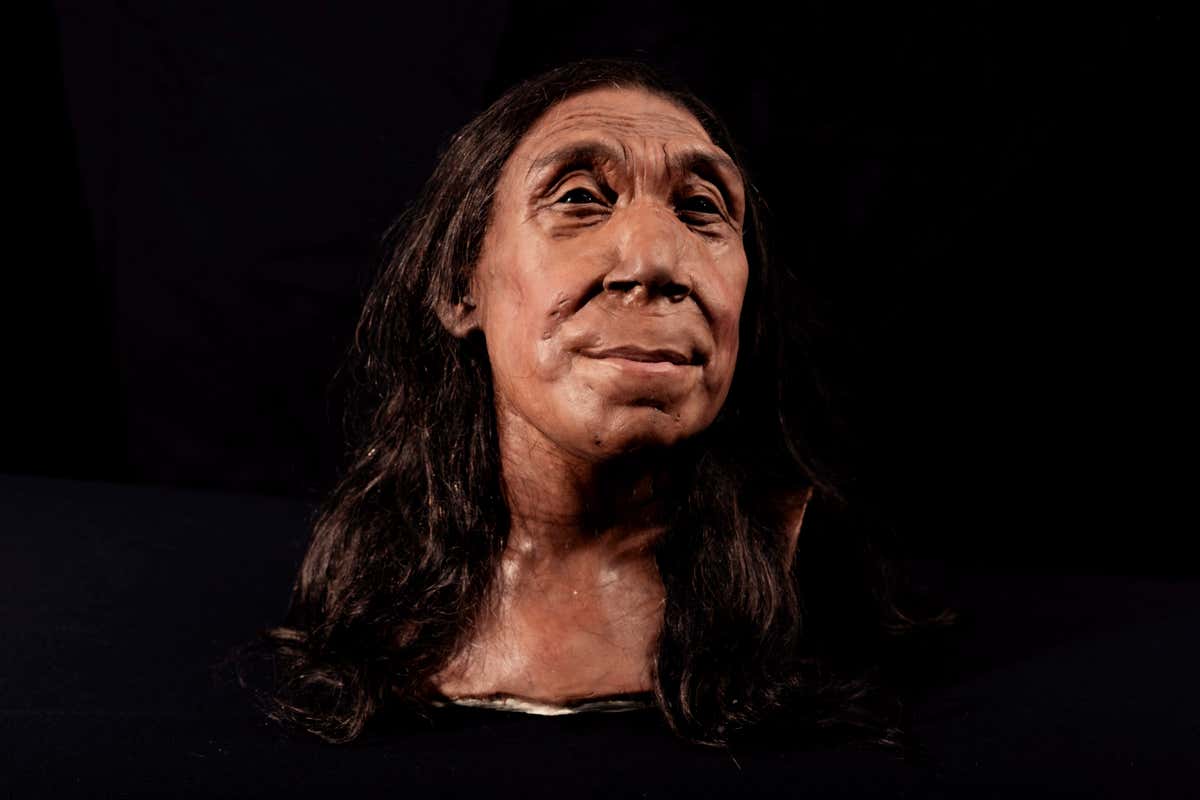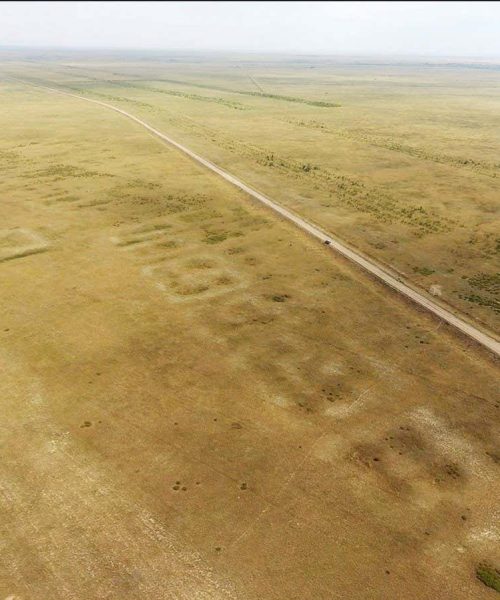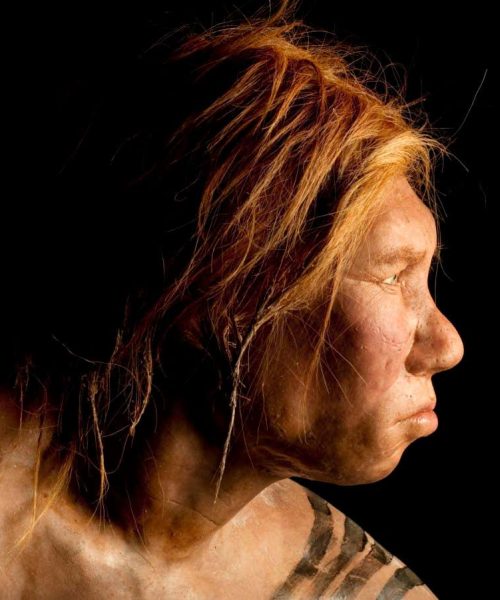
A reconstruction of what Shanidar Z might have looked like, by Dutch twins Adrie and Alfons Kennis
BBC Studios/Jamie Simonds
MEET Shanidar Z, one of the most important Neanderthal discoveries in a generation. Her remains, thought to date back 75,000 years, were fully unearthed five years ago in a re-excavation of a legendary archaeological site, Shanidar cave, in the Kurdistan region of Iraq.
She appears to have been deliberately interred along with a cluster of nine other Neanderthal men, women and children, whose skeletons were uncovered from the 1950s onwards and transformed our…





